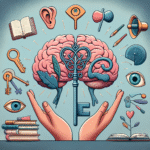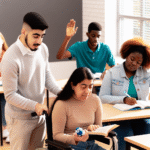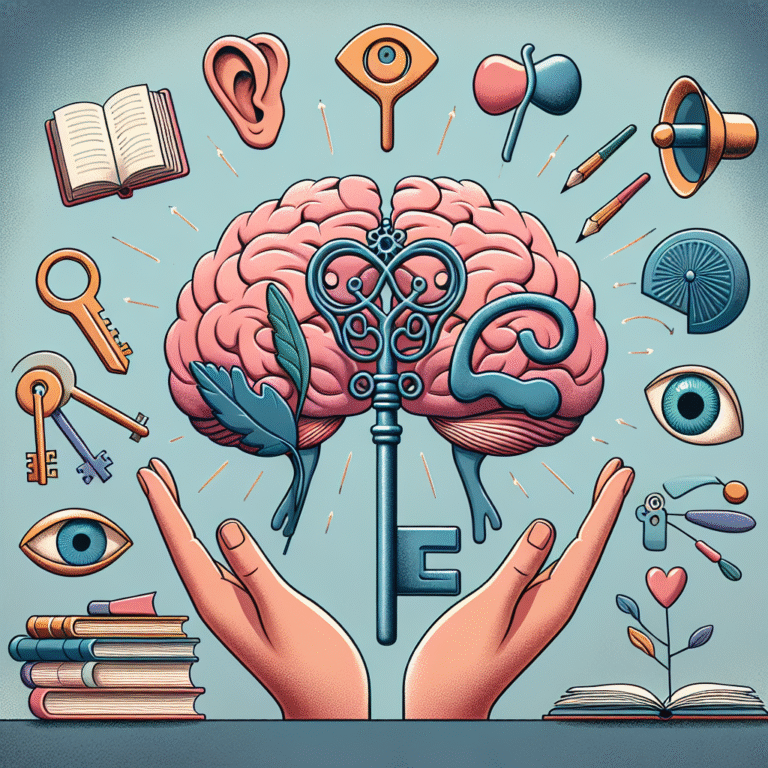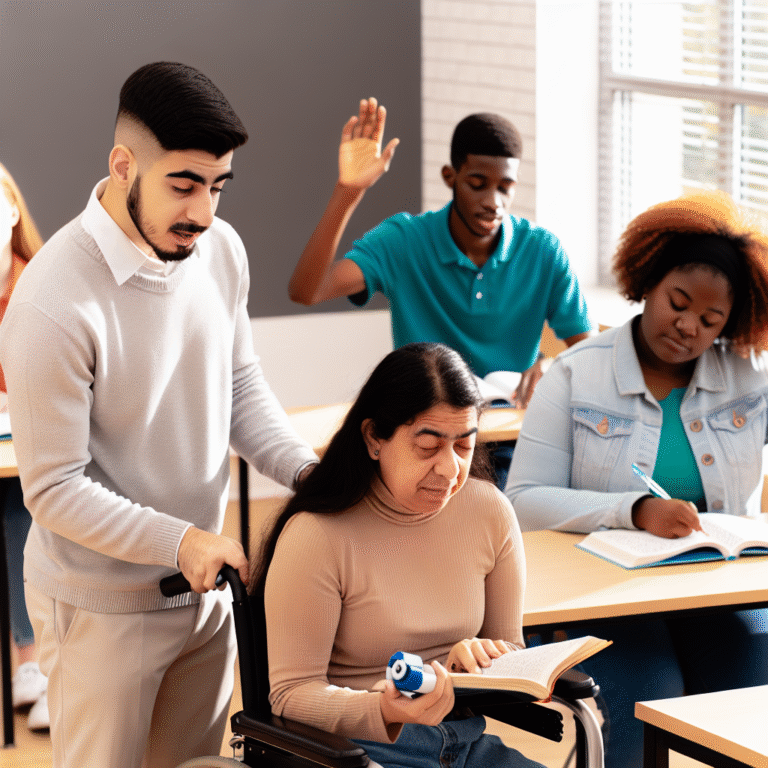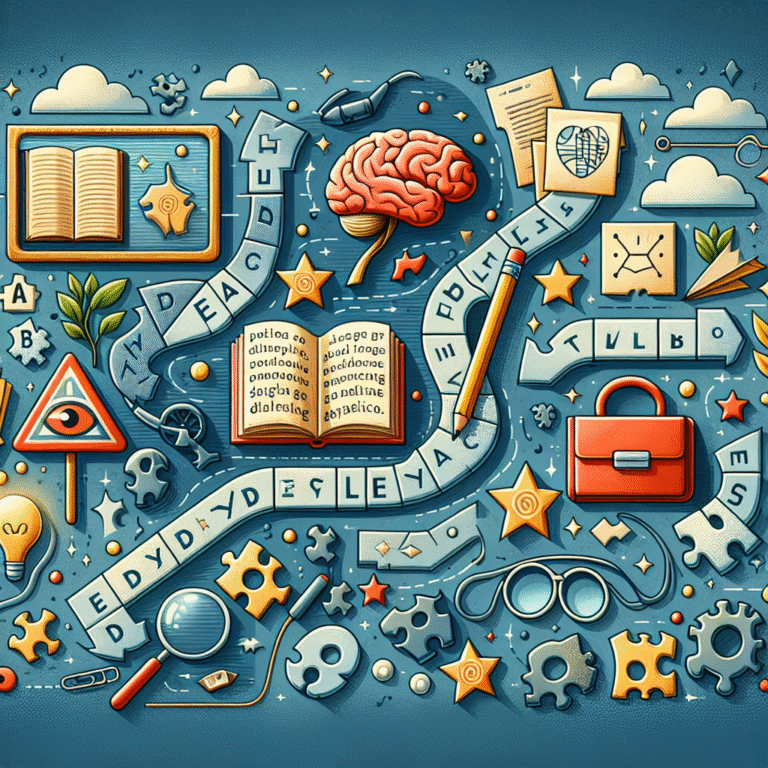
Building Bridges: Essential Collaborative Resources for Special Education Teachers and Students
Introduction
Imagine a classroom where every student, regardless of their individual needs, feels included, supported, and empowered to succeed. This vision is possible through a focus on Building Bridges: Collaborative Resources for Special Education Teachers and Students. Today, the need for collaboration among educators, specialists, and families has never been more crucial. As special education teachers, the tools and resources we utilize can set the stage for enhanced learning experiences and foster an inclusive environment.
Let’s embark on a comprehensive exploration of collaborative resources, practical strategies, and invaluable insights aimed at transforming the educational landscape for special education students.
Why Collaboration is Essential in Special Education
Understanding the Importance of Collaboration
Collaboration in special education is more than just a buzzword; it’s a transformative approach that encompasses teachers, therapists, families, and the students themselves. Research consistently shows that collaborative education models lead to better outcomes for students with disabilities. According to a study conducted by the National Center for Learning Disabilities, schools that embrace collaborative practices see significant improvements in student engagement and academic performance.
Case Study: Glenwood High School
Glenwood High School implemented a collaborative model that paired special education teachers with general educators. This partnership led to the following outcomes:
- 30% improvement in learning outcomes for students with disabilities.
- Increased teacher satisfaction due to shared resources and insights.
The Role of Families in Collaboration
Families play a vital role in the collaborative framework. Involving them in the planning and decision-making process ensures that the educational strategies align with the child’s unique needs. Building strong connections with families can foster trust and open communication, creating a supportive learning environment.
Table 1: Benefits of Family Involvement
| Benefit | Description |
|---|---|
| Enhanced Communication | Regular updates lead to better student support. |
| Increased Motivation | Families feel empowered to contribute. |
| Better Understanding of Needs | Professionals gain insights from family experiences. |
Building Bridges: Collaborative Resources for Special Education Teachers and Students
Online Platforms and Tools
Modern technology offers numerous resources that facilitate collaboration among educators and support staff.
1. Google Classroom
Google Classroom streamlines communication and allows special education teachers to easily share materials tailored to diverse learners. Teachers can create individualized learning paths to accommodate varied abilities.
2. Seesaw
This interactive platform allows students to document their learning experiences. Teachers can provide feedback, and families can see their child’s progress in real time.
Professional Learning Communities (PLCs)
Creating or joining a Professional Learning Community is a powerful way for special education teachers to collaborate and share strategies and resources. PLCs foster an environment of continual learning and growth.
Case Study: Elmwood School District
In Elmwood, teachers from multiple disciplines formed a PLC to address the needs of co-taught classrooms. The results included:
- A 25% increase in student engagement.
- Enhanced strategies for differentiated instruction.
Interdisciplinary Collaboration
Working alongside specialists such as speech and language therapists, occupational therapists, and counselors is crucial. This interdisciplinary approach provides holistic support for students.
Example: Integrated Therapy Sessions
In a collaborative classroom setting, special education teachers might coordinate with therapists to conduct joint sessions, enhancing skill development in a natural, supportive environment.
Creating Collaborative IEPs
Individualized Education Programs (IEPs) are essential tools for guiding special education services. Collaborative IEP meetings involving all stakeholders lead to well-rounded goals and strategies tailored for each student.
Tips for Effective IEP Collaboration:
- Clearly define roles for all participants.
- Use a strengths-based approach focusing on what each student can achieve.
- Schedule regular reviews for adaptive goal-setting.
Training and Professional Development
Continuous professional development through workshops and training focused on collaborative techniques equips special education teachers with the skills necessary to adapt to various classroom dynamics.
Table 2: Professional Development Workshops
| Workshop Topic | Focus Area |
|---|---|
| Co-Teaching Strategies | Collaborative teaching methods |
| Behavior Management Techniques | Inclusive classroom strategies |
| Family Engagement Techniques | Building communication with families |
Challenges and Solutions in Collaboration
Overcoming Time Constraints
One of the most significant hurdles in collaboration is finding the time to meet and plan. Here are some strategies to navigate this challenge:
- Scheduling Regular Meetings: Set aside a specific time weekly for collaboration.
- Using Digital Collaboration Tools: Online platforms make it easier to communicate without scheduling conflicts.
Addressing Differing Perspectives
Collaboration may bring differing opinions and strategies into the conversation. It’s essential to foster a culture of respect and openness.
Strategies to Foster Respectful Collaboration:
- Actively listen to all viewpoints.
- Focus on student outcomes as the common goal.
- Agree to disagree respectfully when necessary.
Best Practices in Collaborative Resources
Encourage Peer Observation
Facilitating peer observations can provide real-time feedback and insights into effective practices. Observers can discover new techniques for addressing diverse learning needs.
Foster a Culture of Collaboration
Establishing a school culture that emphasizes collaboration is vital. Creating collaborative structures and celebrating successes can inspire ongoing partnerships.
Utilize Community Resources
Partnering with local organizations can provide additional support for students. Community resources such as after-school programs, counseling services, and adaptive sports clubs can enrich the learning experience.
Conclusion
Building Bridges: Collaborative Resources for Special Education Teachers and Students is critical for creating inclusive, effective learning environments. By utilizing the varied tools, fostering collaboration, and engaging families in the process, educators can significantly enhance educational outcomes for special education students.
Let’s work collectively to ensure that every child has the opportunities and support they deserve. Together, we can build lasting bridges that lead to success.
FAQs
1. Why is collaboration important in special education?
Collaboration leads to improved student learning outcomes, better communication, and a holistic approach to meeting individual needs.
2. How can I involve families in the special education process?
Regular communication through meetings, progress reports, and family workshops can enhance family involvement.
3. What tools can I use for collaboration in the classroom?
Google Classroom, Seesaw, and various online platforms can facilitate effective collaboration among teachers, specialists, and families.
4. How often should I meet with colleagues for collaboration?
Regular, scheduled meetings (weekly or bi-weekly) can help maintain momentum and ensure ongoing support.
5. What strategies can help overcome barriers to collaboration?
Utilizing digital tools, emphasizing common goals, and fostering a culture of respect can help overcome collaborative challenges.
6. What are some alternative resources for professional development?
Consider workshops through local universities, online courses, or webinars focused on collaborative strategies in special education.
By focusing on these aspects of Building Bridges: Collaborative Resources for Special Education Teachers and Students, educators can foster an environment that not only supports but champions the learning and growth of every student. This is the path towards achieving not just educational success, but also a sense of belonging for all learners.
